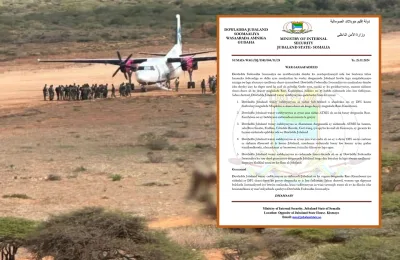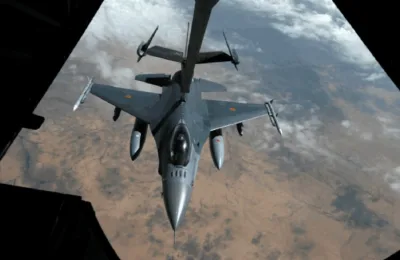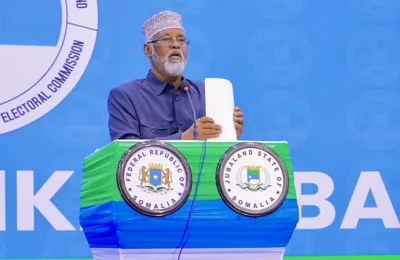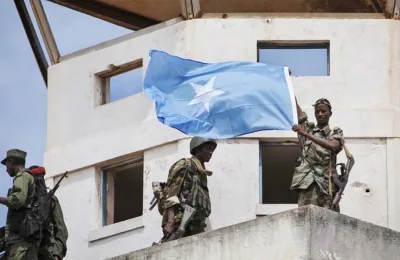Top Iranian commander Major General Qasem Soleimani was killed on Friday in a US strike on Baghdad’s international…
Top Iranian commander Major General Qasem Soleimani was killed on Friday in a US strike on Baghdad’s international airport, Iran and the US confirmed, in the most dramatic episode yet of escalating tensions between the two countries.
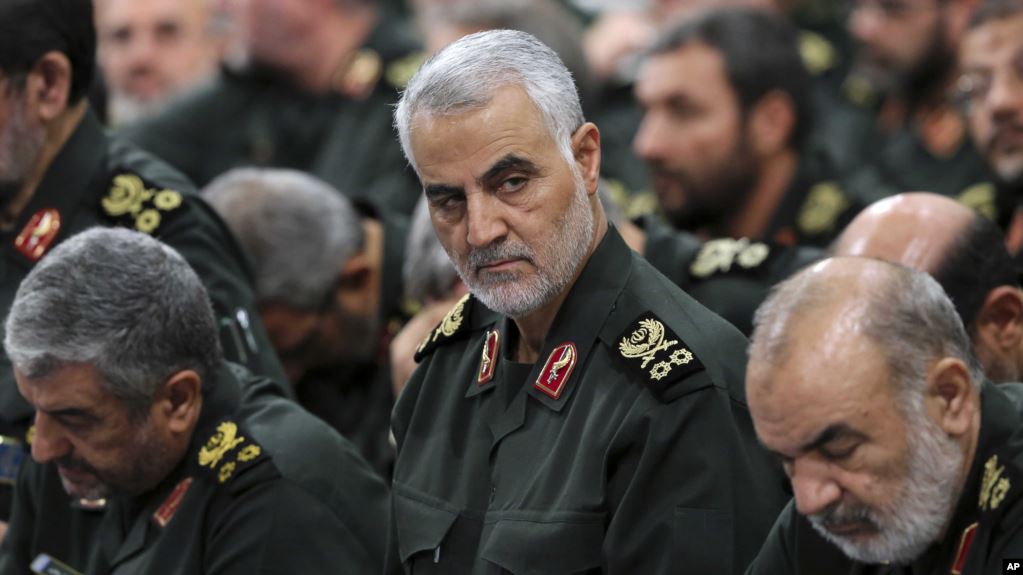
The Pentagon said US President Donald Trump ordered Soleimani’s “killing,” after a pro-Iran mob this week laid siege to the US embassy.
US Secretary of State Mike Pompeo tweeted that Iraqis are dancing in the street after Soleimani’s death.
Declaring three days of mourning across the country, Iran’s supreme leader Ayatollah Ali Khamenei vowed to take “severe revenge” for 62-year-old Soleimani’s death.
Strike near Baghdad airport
Trump tweeted out a picture of the US flag without any explanation, as the pre-dawn developments marked the most major escalation yet in a feared proxy war between Iran and the US on Iraqi soil.
Early Friday, a volley of missiles hit Baghdad’s international airport, striking a convoy belonging to the Hashd al Shaabi, an Iraqi paramilitary force with close ties to Iran also known as Popular Mobilisation Units.
Just a few hours later, the Revolutionary Guard Corps announced Soleimani “was martyred in an attack by America on Baghdad airport this morning.”
The Hashd confirmed both Soleimani and deputy chief Abu Mahdi al Muhandis were killed in what it said was a “US strike that targeted their car on the Baghdad International Airport road.”
US officials, speaking on the condition of anonymity, said that Soleimani had been killed in a drone strike in Baghdad.
The Hashd is a network of mostly-Shia armed units, many of whom have close ties to Tehran, but which have been officially incorporated into Iraq’s state security forces.
The units joined forces to fight Daesh group in 2014, after many of them built up years of fighting experience during Iraq’s war years, including against the US.
A dangerous escalation
Muhandis was the Hashd’s deputy chief but widely recognised as the real shot-caller within the group. He was also the founder of the Kataib Hezbollah.
Soleimani headed the Islamic Revolutionary Guard Corps’ Quds Force and also served as Iran’s point man on Iraq, visiting the country in times of turmoil.
Both were sanctioned by US.
The Pentagon said Soleimani had been “actively developing plans to attack American diplomats and service members in Iraq and throughout the region.”
It said it took “decisive defensive action to protect US personnel abroad by killing Qasem Soleimani,” but did not specify how.
Iran’s Foreign Minister Mohammad Javad Zarif slammed the US strike as “extremely dangerous and a foolish escalation.”
Top official Mohsen Rezai pledged to “exact terrible vengeance upon America,” and Tehran’s top security council said it would hold an urgent meeting.
There was no immediate reaction from Iraqi officials on the strike.
Bigger than Laden?
“In terms of a decapitation strike, what just happened is the most major decapitation strike that the US has ever pulled off,” said Phillip Smyth, a US-based specialist in Shia armed groups.
He said it would have “bigger” ramifications than the 2011 US operation that killed al Qaeda chief Osama bin Laden and the 2019 American raid that killed Daesh leader Abu Bakr al Baghdadi.
“There is no comparison,” he added.
But others said it remains unclear how Iran could respond to the blow.
“A lot of the focus is on what is the price that the US is gonna pay and how Iran will retaliate against the US,” said Fanar Haddad of the Singapore University’s Middle East Institute.
Source:TRT


